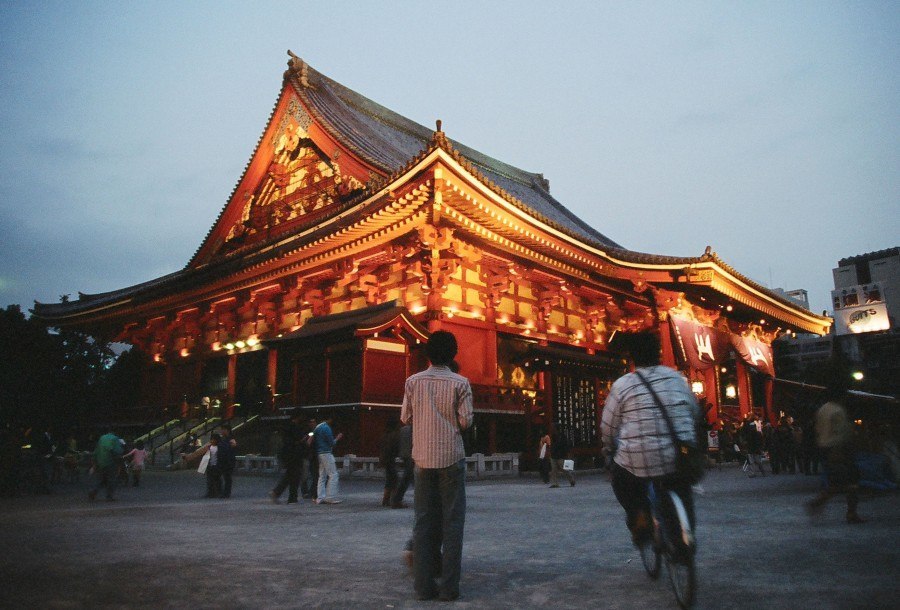Like this post? Help us by sharing it!
I think it goes without saying that the meaning of life isn’t the easiest thing to pin down. People from all corners of the earth have looked to religion and poetry, abstinence and indulgence, and nearly everything in between in the hopes of finding the answers to those questions that puzzle us all. The people of Japan have turned to Buddhism for nearly 1500 years in an effort to achieve ‘enlightenment’. Japanese Buddhism has an almost endless variety of ways to train the spirit and achieve that unfailingly vague and ever elusive ‘enlightenment’. Among the most famous of these is the practice of standing under a bone-chillingly cold waterfall or sitting in the absolute stillness of Zen meditation, but if you don’t have the time to be trekking to waterfalls or joining Zen temples than the ancient practice of Shakyo might be just the path to enlightenment that you’re after.
Shakyo is the practice of copying Buddhist sutras. Shakyo was practiced in parts of India, China, and Korea long before it made its debut in Japan in 673, but there is no other country where the Buddhist sutras are practiced more regularly or as easily as in modern day Japan. At hundreds of temples across the country, people can sit on woven straw tatami mats in front of Buddhist alters and shut out the world as they concentrate on copying intricate Chinese characters on to a blank sheet of rice paper. Shakyo combines the well-refined art of Shodo, Japanese calligraphy, with the religious fundamentals of Buddhism.
For the average traveler to Japan, this is where one begins to wonder, what good could possibly be gained by copying characters that I can’t read at a temple whose religion I don’t really understand?
Interestingly enough, the practice of Shakyo was practiced for hundreds of years by illiterate people who were more interested in the merit gained by performing a religious duty than by understanding the contents of what is being copied. Furthermore, because many young Japanese are less than skilled at writing with a brush, many temples provide a scripture that has the Chinese characters lightly written on the paper and the practitioner, kyouji, merely traces the characters already on the page. If this still sounds like a bit too much, there are several temples that are used to foreign visitors and offer an intricate image of a fiercely grimacing Buddhist deity.
I recently practiced Shakyo at the seaside temple of Hase-dera in Kamakura and although I might not have found the meaning of life, the chance to forget about the realities of everyday life for an hour and a half while I concentrated on the graceful lines of Chinese characters in an ancient temple was an experience that I would certainly recommend to anyone!


